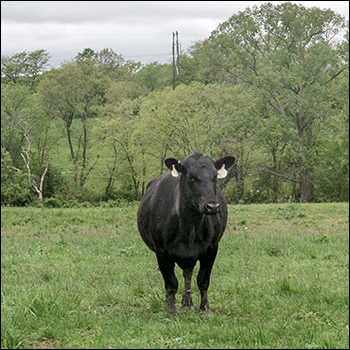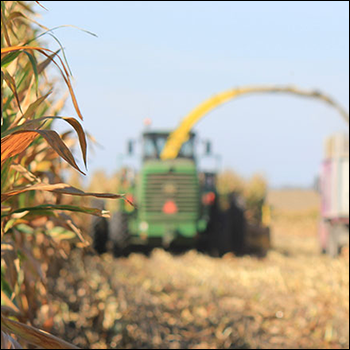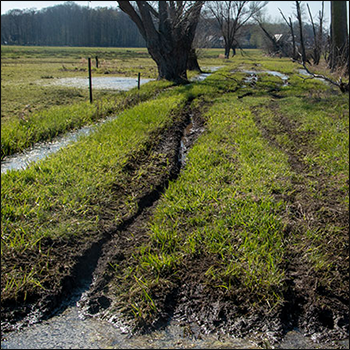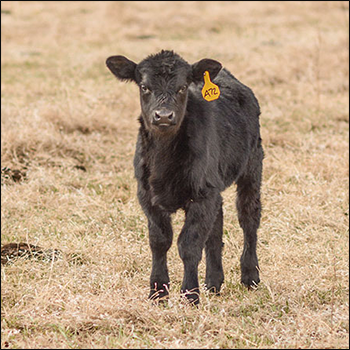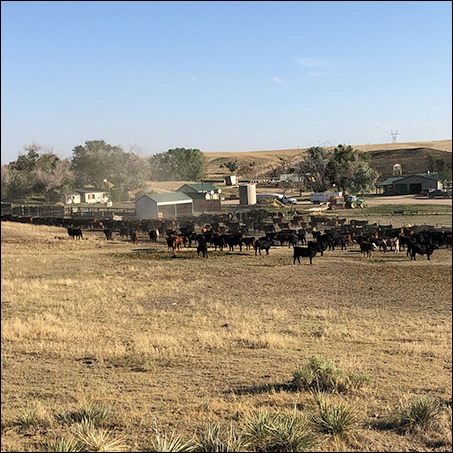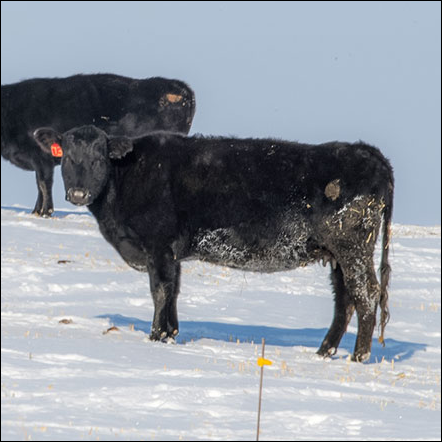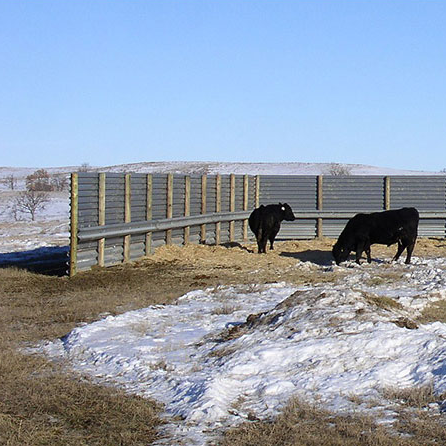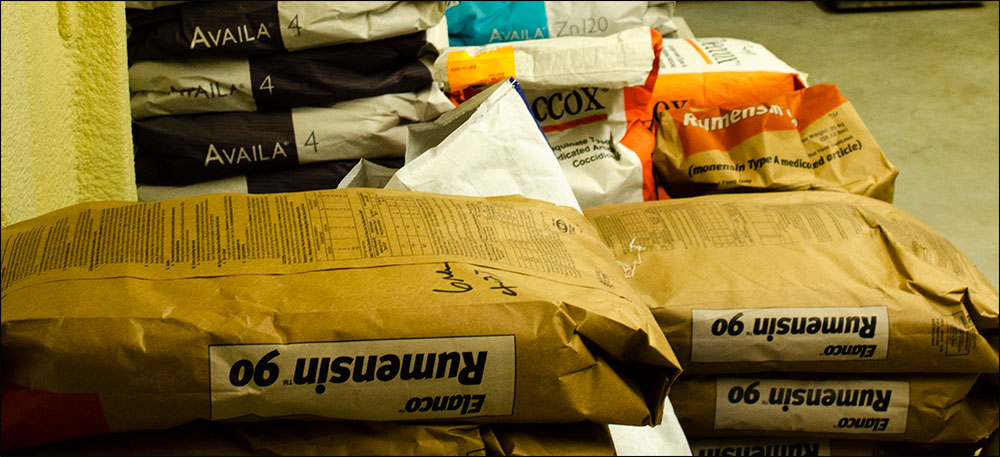
The Importance of Reading a Feed Tag
Know the ingredients and ratios in your feed to maximize benefits.
Walk into any feed room in any barn, and what do you see? Rows of neatly stacked bags that look very similar. It doesn’t matter what species you are feeding; the difference is in the brand. One brand might be purple and black, another green and white and another tan and orange; but bag after bag will appear to be the same — on the outside.
Chances are the ingredients on the inside of those bags are different. That is why it is important for you, the feeder, to know how to read a feed tag.
Blaine Rodgers, longtime livestock feeder and BioZyme Inc. Western U.S. area sales manager, explains the importance of reading a tag and outlines the four components tags include.
Product name. This seems fairly self-explanatory. However, many products do have similar names and contain numbers. Be sure to read each name closely. You might even want to sort your feeds by product names or use a marker to write your generic name on each bag.
Medication withdrawal or residue instruction. This information tells you what kind of medication is in the feed and the withdrawal length for that medication. With veterinary feed directives (VFDs), these are less common than they used to be, but they do still exist. Rodgers says this is the most important information on the tag because it is your duty as the feeder to pay close attention to this information, especially if feeding an animal that is going into the food supply chain.
Guaranteed analysis. The guaranteed analysis breaks down the amounts of nutrients in each feed. Rodgers cautions that each company lists their analyses differently, and the feeder needs to pay careful attention. He says some companies will list minimums and others will list maximums, so read the tag closely to be sure you are getting the proper amount of a nutrient such as protein, fat or fiber to reach your animal’s optimal potential. A more in-depth guaranteed analysis will also list vitamin and mineral content.
The guaranteed analysis could be the most important part of the tag because you can tell a lot about the feed and how it will play a role toward the type of animal you are feeding. Use protein as an example.
“Higher protein levels generally are targeted toward younger livestock that are in their developmental stage and trying to increase muscle, bone and skeletal growth. As we get into the later portions of their life, and we’re trying to slow that portion of growth down and increase more of the finishing phase, their protein level will be decreased,” Rodgers says.
In addition to describing the nutrient content of the feed, the guaranteed analysis will also help you determine your feeding rate. For example, if the directions call for 4 ounces (oz.) of a 5% protein product, that is equal to 2 oz. of a 10% protein product, so it is important to pay close attention to the nutrient breakdown compared to the feeding rate of a particular product.
Ingredient profile. This is the list of actual ingredients that are in the bag of feed, starting with the highest-volume ingredient all the way down to the lowest-volume, much like the way ingredients are listed on human food. Rodgers notes it is important to realize that all feedstuffs are not created equally. Feed A with 20% protein may not be the same quality as Feed B that also is listed with 20% protein. Both companies might use ingredients that total up to 20% protein, but the chances are that one of them will use higher-quality resources that will benefit your animals.
There are a few good ways to tell which feed has the higher-quality ingredients. Look for price. You often get what you pay for. Buy from someone you’re comfortable talking to about the ingredients and you trust will give you an honest answer. Rodgers compares buying feed with buying animals.
“Sometimes we think all these feeds are the same, and it’s just a marketing effort that changes the level of perception, but that’s not necessarily the case. You can go buy two different animals from two different breeders. They can weigh the same, be the same breed, all those things, but due to their genetics and management, they aren’t necessarily the same quality. Feed ingredients are the same way,” Rodgers says.
From his experiences living and feeding livestock in various regions of the United States, Rodgers notes that different states do have different regulations and rules. Some states have to be very specific, listing every ingredient, whereas others can be more general, which might seem disadvantageous to the feed buyer and feeder.
Editor’s note: This article is adapted from an original release from BioZyme Inc. Shelia Grobosky is a public relations coordinator for BioZyme Inc.
